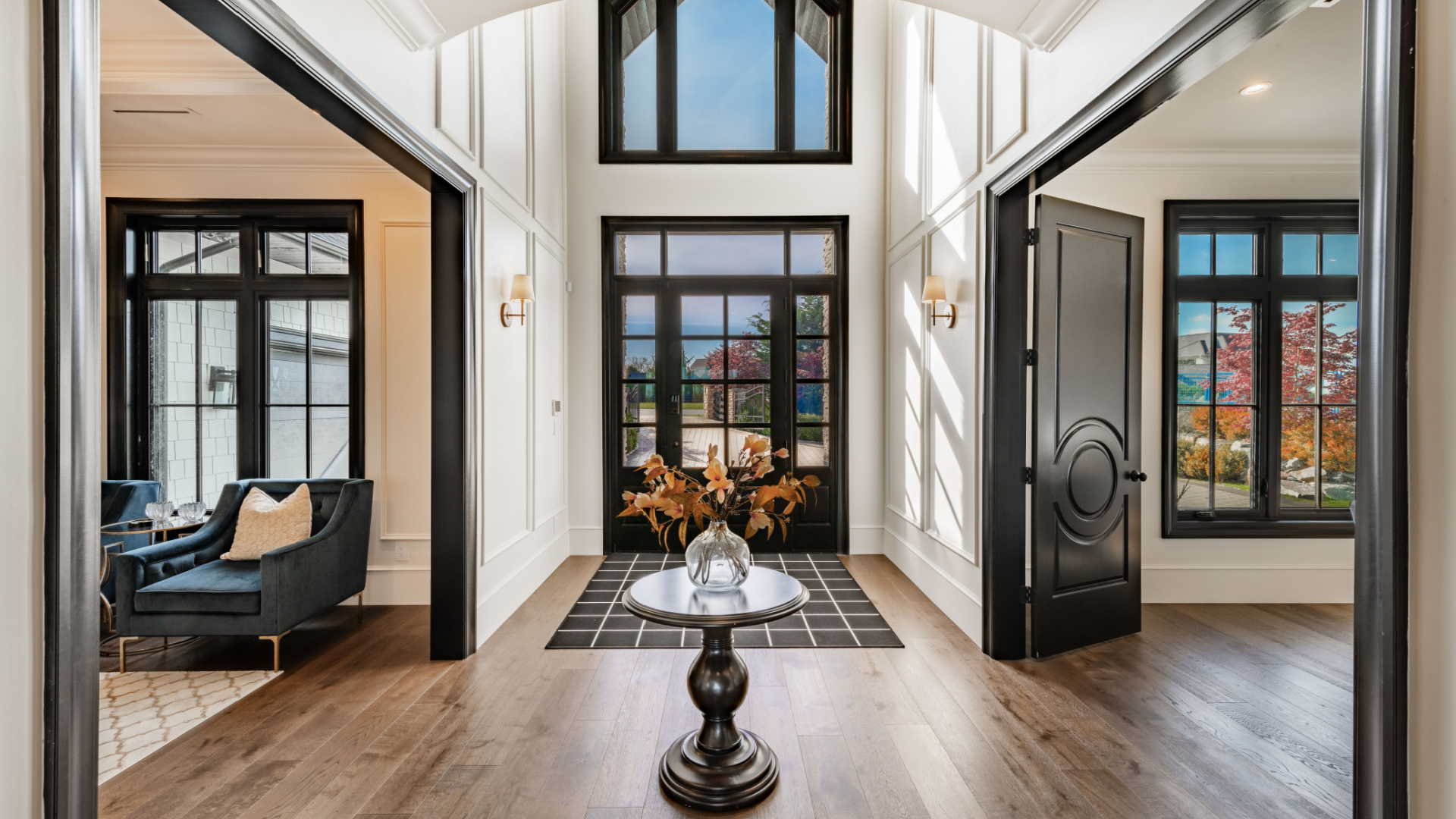The Emotional Architecture of a Luxury Home_ Rooms That Change How You Feel
Some homes make an impression before a single feature is identified. A person walks in, pauses for a moment, and senses a shift. This isn’t about square footage or the price tag. It’s the emotional architecture at work - the subtle ways a space can influence mood, energy, and even behaviour.
Across luxury homes in Toronto, York Region, and cottage country, certain rooms consistently carry their own emotional signatures. Once you pay attention, the patterns become obvious. A foyer, for example, sets a tone in the first few seconds. A well-balanced entry - something with natural light, a comfortable scale, and a small touch of personality - invites people to breathe a little easier. Guests relax faster in these spaces, even before they realize why.
Quiet rooms have a different effect. In many high-end homes, this might be a library, a den, or a tucked-away reading alcove. These spaces absorb sound in a particular way, creating a calm that feels intentional rather than accidental. In a well-designed library, for instance, the door closes and the outside world seems to drift. Materials matter - wood, texture, and spatial proportion all contribute - but it’s the atmosphere that does the heavy lifting. These are the rooms where thoughts slow down and time feels suspended.
By contrast, kitchens radiate energy. In most luxury homes in the GTA, the kitchen has evolved into the natural gathering place. A thoughtfully planned layout guides movement effortlessly. People drift toward the same central points, conversations happen more easily, and no one feels crowded even when the room is full. Good lighting and proportion help, but the deeper effect comes from flow - a sense that the space is working with its occupants rather than resisting them.
Primary suites introduce another emotional layer. These rooms function as personal retreats, and the most successful designs don’t rely on dramatic gestures. Instead, they use softer cues: a transitional hallway, a slight separation from the main living areas, or natural light that changes gently throughout the day. When a bedroom creates that quiet, restorative feeling, its impact goes well beyond its finishes. Outdoor spaces add yet another dimension. In the GTA - where the seasons shift so dramatically - architecture that bridges indoors and outdoors creates a mood all its own. A terrace with a framed view, a covered porch in a Muskoka-inspired build, or a landscaped courtyard can change how a person experiences even an ordinary afternoon. In these spaces, the architecture choreographs the interaction between nature and comfort, creating a sense of openness that carries through the entire home.
What all of these examples share is intention. Emotional architecture isn’t trendy; it’s thoughtful. Doorways that align with sightlines, windows placed to catch late-afternoon sun, rooms scaled to feel grounded - these decisions aren’t visible on a listing sheet, yet they shape the way a home is experienced every day.
Luxury design often focuses on materials and amenities, but the homes that stay with people are the ones that make them feel something: steadiness, calm, energy, anticipation, or quiet joy. When a home is built with that emotional awareness, every room becomes more than its function. It becomes an experience.
